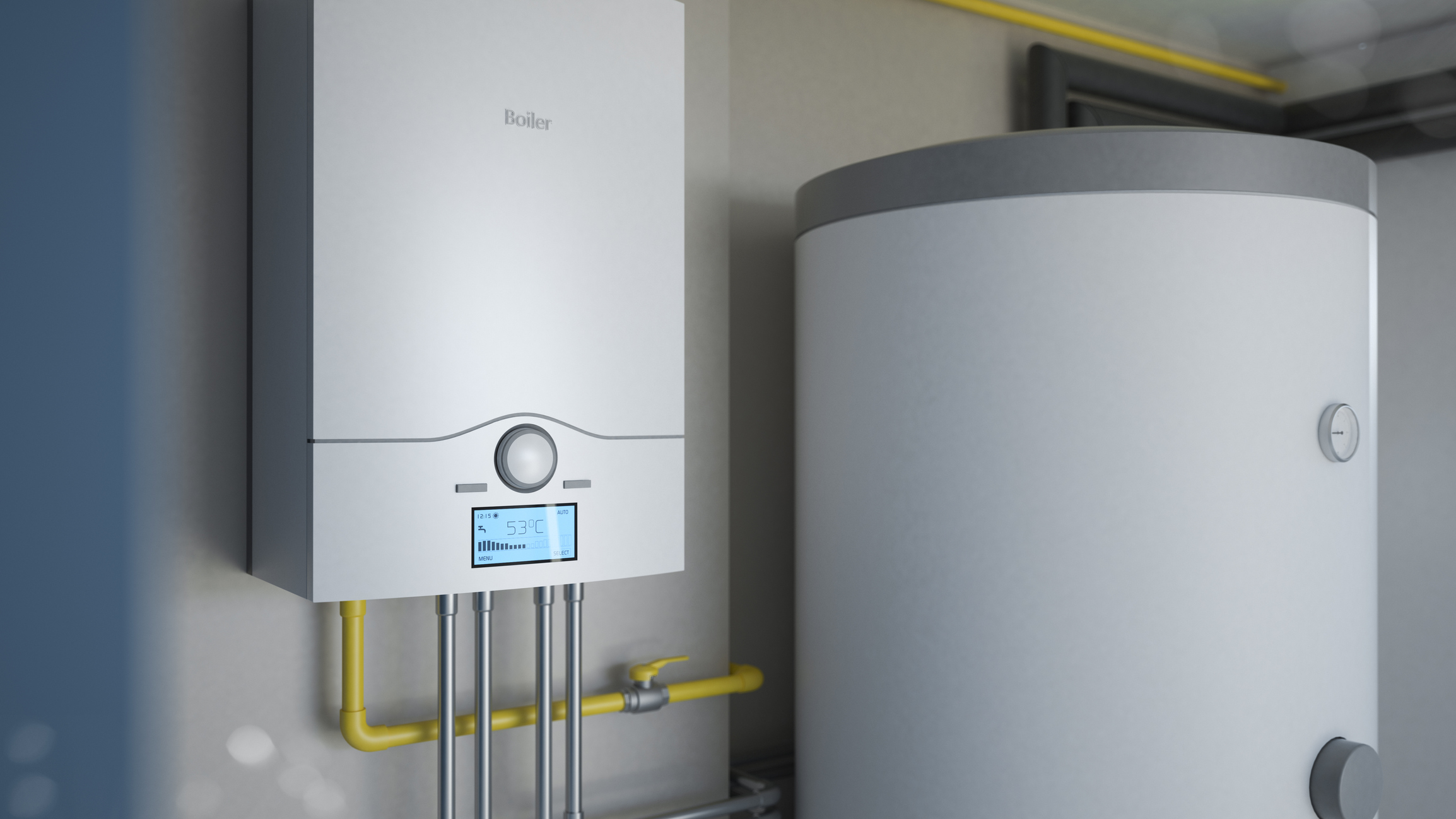Caring for Your Home's Hot Water System: Key GuidelinesHow to Keep Your Home's Hot Water System Functioning Well
Caring for Your Home's Hot Water System: Key GuidelinesHow to Keep Your Home's Hot Water System Functioning Well
Blog Article
What're your thoughts regarding How to Maintain a Hot Water Heater in a Few Simple Steps?

Warm water is crucial for day-to-day convenience, whether it's for a revitalizing shower or cleaning meals. To guarantee your hot water system runs efficiently and lasts longer, regular maintenance is essential. This post offers useful ideas and understandings on just how to preserve your home's hot water system to prevent interruptions and expensive repair services.
Intro
Preserving your home's warm water system may appear complicated, yet with a couple of basic actions, you can guarantee it operates efficiently for years to come. This guide covers everything from comprehending your hot water system to do it yourself upkeep ideas and recognizing when to call expert assistance.
Significance of Preserving Your Hot Water System
Normal maintenance not just expands the life expectancy of your warm water system but additionally ensures it runs successfully. Disregarding upkeep can bring about lowered effectiveness, greater power bills, and even premature failure of the system.
Signs Your Warm Water System Demands Maintenance
Recognizing when your hot water system requires focus can protect against significant problems. Look out for indicators such as inconsistent water temperature, strange sounds from the heater, or corroded water.
Purging the Water Heater
Purging your hot water heater eliminates sediment accumulation, improving performance and prolonging its life.
Checking and Replacing Anode Rods
Anode poles stop corrosion inside the container. Checking and replacing them when worn out is critical.
Complex Concerns Requiring Professional Aid
Instances include significant leaks, electrical troubles, or if your hot water heater is regularly underperforming.
Regular Expert Upkeep Advantages
Specialist upkeep can consist of thorough examinations, tune-ups, and ensuring compliance with security criteria.
Examining and Readjusting Temperature Setups
Adjusting the temperature setups makes certain optimal efficiency and safety and security.
Do It Yourself Tips for Maintenance
You can do several maintenance jobs on your own to maintain your warm water system in leading problem.
Checking for Leaks
Regularly examine pipelines and connections for leakages, as these can bring about water damages and higher bills.
Understanding Your Warm Water System
Before diving right into maintenance tasks, it's practical to recognize the standard components of your hot water system. Usually, this consists of the hot water heater itself, pipes, anode poles, and temperature controls.
Month-to-month Upkeep Tasks
Normal month-to-month checks can help catch minor problems prior to they rise.
Testing Pressure Relief Valves
Checking the stress relief valve guarantees it works properly and avoids excessive pressure buildup.
Protecting Pipelines
Shielding warm water pipelines lowers warmth loss and can conserve power.
When to Call a Professional
While do it yourself upkeep is useful, some issues require professional competence.
Conclusion
Regular maintenance of your home's warm water system is necessary for performance, longevity, and expense savings. By following these tips and recognizing when to look for expert assistance, you can ensure a trustworthy supply of hot water without unanticipated interruptions.
How to Maintain an Instant Hot Water Heater
Before tinkering with your hot water heater, make sure that it’s not powered on. You also have to turn off the main circuit breaker and shut off the main gas line to prevent accidents. Also turn off the water valves connected to your unit to prevent water from flowing into and out of the appliance. 2. When you’re done, you have to detach the purge valves’ caps. These look like the letter “T” and are situated on either side of the water valves. Doing so will release any pressure that has accumulated inside the valves while at the same time avoid hot water from shooting out and burning your skin. 3. When the purge valves’ caps are removed, you have to connect your hosing lines to the valves. Your unit should have come with three hoses but if it didn’t, you can purchase these things from any hardware or home repair shops. You can also get them from retail stores that sell water heating systems. Read the user’s manual and follow it to complete this task properly. When the hosing lines are connected, open the purge port’s valves. 4. You should never use harsh chemical cleaners or solutions when cleaning your unit. Make use of white vinegar instead. It should be undiluted and you’ll probably use about 2 gallons. 5. Now flush your water heater. This task should probably take about 40 minutes. We can’t give you specific directions for this because the procedure is carried out depending on the type, model and brand of your heater. With that being said, refer to the user’s manual. 6. When you’re done draining the unit, you have to turn off the purge port valves again. Remove the hosing lines that you earlier installed on each of the water valves. Put the valve caps (purge port) back in their respective places and be very careful so as not to damage the rubber discs that are found inside these caps. 7. Now that everything’s back in place, check your user’s manual again to find out how to reactivate your water heating system. 8. Once it is working, turn one of your hot water faucets on just to let air pass through the heater’s water supply pipes. Leave the tap on until water flows smoothly out of it. https://www.orrplumbing.com/blog/2014/september/how-to-maintain-an-instant-hot-water-heater/

Do you really like reading up on Tips For Maintaining Your Hot Water Heater? Give a remark below. We'd be delighted to listen to your feelings about this page. Hoping that you visit us again later on. Sharing is good. Helping people is fun. I value your readership.
Click Here Report this page